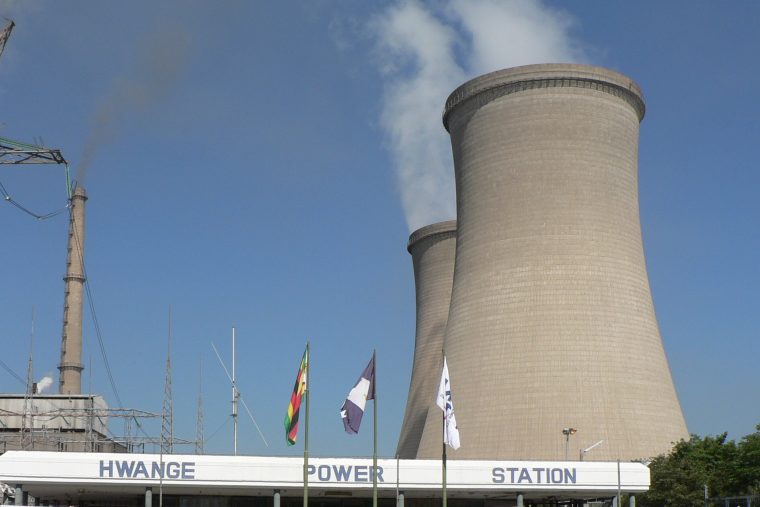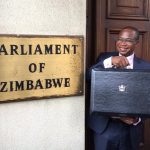 Zimbabwe’s power utility says the rolling power cuts the country is facing have been caused by low water levels at Kariba. This is true, but it is only part of the story. The bigger story is how years of underinvestment and corruption have dragged Zimbabwe into darkness.
Zimbabwe’s power utility says the rolling power cuts the country is facing have been caused by low water levels at Kariba. This is true, but it is only part of the story. The bigger story is how years of underinvestment and corruption have dragged Zimbabwe into darkness.
First, here is the immediate story about power cuts.
Kariba’s hydro power plant produces 65% of Zimbabwe’s energy, according to the Zimbabwe Power Company, the generation subsidiary of the Zimbabwe Electricity Supply Authority (ZESA). After the worst drought in years, water levels in Kariba have fallen to just over 30%. This time last year, the dam was close to 70% full.
In February, Kariba, whose capacity is 1 050MW, cut power generation by 500MW, and then reduced output by 600MW in March.
According to a ZPC memo, without rationing, Kariba will have to shut down completely: “We are therefore encouraged to continue adhering to the stipulated generation levels as recommended by Zambezi River Authority so as to avoid penalties due to over consumption of water, and a potential inadvertent shutdown of the Kariba complex.”
The bigger story, however, begins to unfold when one looks into why Zimbabwe’s other power facilities cannot step in.
Corruption, State bureaucracy and a failure to plan for the future have left Zimbabwe with old power plants and aged transmission systems, some of which are four decades past their expiry date. Here, we examine the state of Zimbabwe’s key power installations, and how graft and incompetence have stood in the way of efforts to revive them.
Kariba
After Kariba Dam was built in 1955, the first generator was commissioned at the site in 1959. By 1962, all six generators had been installed, with a capacity of 666MW. Capacity was later upgraded to 125MW per unit.
In 2013, Zimbabwe signed a US$533 million 20-year deal with China’s EximBank to expand the Kariba power plant. China’s Sinohydro got the contract to add two units at Kariba, with a total of 300MW, to increase capacity to 1050MW. The project was slowed down by concerns in China over Zimbabwe’s poor record of paying debts, but was completed by March 2018.
The commissioning of the two new units ended power cuts and allowed Zimbabwe to reduce power imports. However, as is now evident, Kariba is vulnerable to poor rainfall, a growing reality due to climate change.
Continued next page
(388 VIEWS)


